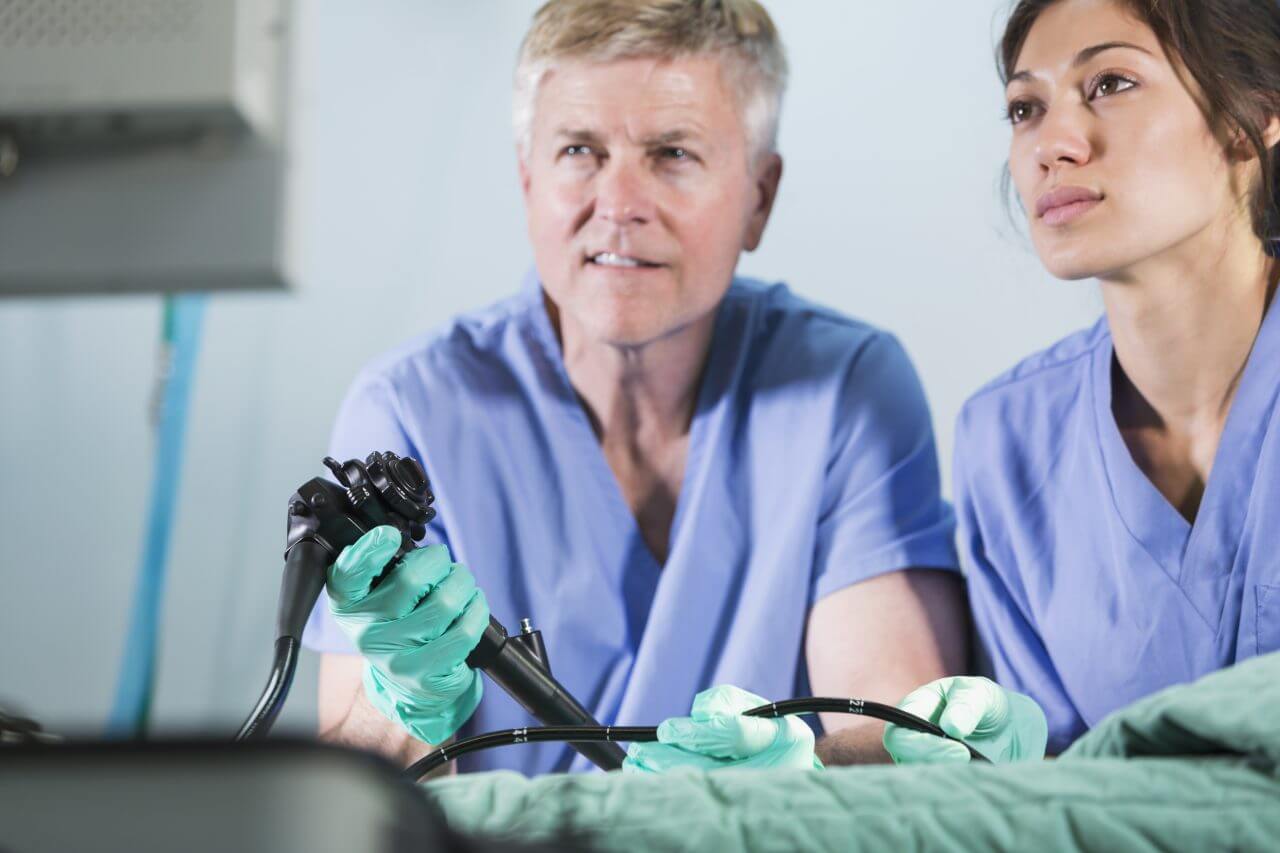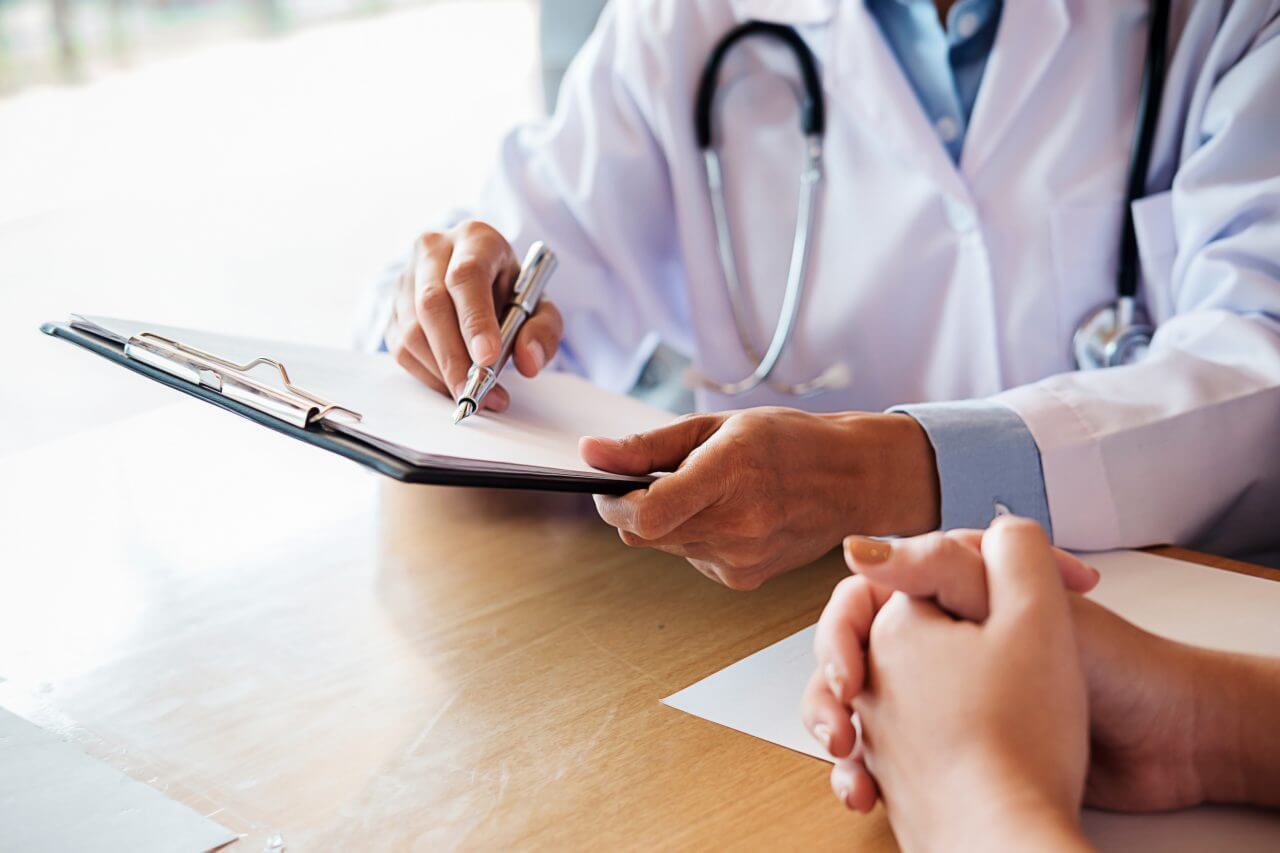Types of Endoscopy Procedures

An endoscopy is a non-surgical procedure used to detect, diagnose and treat various diseases, commonly in the digestive tract. The type of endoscopic procedure your doctor may perform varies depending on the specific area of the body, the symptoms you’re experiencing or the organ to be examined and treated, if necessary.
Most procedures employ a tool called an endoscope, which consists of a thin tube with a light and a camera at the end, inserted into the body. However, recent advances in non-invasive endoscopy technology using computed tomography (CT scans) have been developed and introduced.
Endoscopies can be critical in the early detection of a wide variety of diseases, especially cancer.
What Are the Most Common Types of Endoscopy?
Common treatments that may involve an endoscopy fall into several main categories, depending on the area of the body they involve. But they may include a wide variety of specific procedures. The general types of endoscopy include:
- Anoscopy. An anoscopy uses a small rigid, tubular instrument called an anoscope (also called an anal spectrum). It’s inserted a few inches into the anus to evaluate any problems of the anal canal.
- Arthroscopy. Also called arthroscopic or keyhole surgery, this minimally invasive endoscopic procedure focuses on diagnosing and repairing joint and ligament damage.
- Bronchoscopy. This procedure uses a bronchoscope tube with a light and small camera. It’s inserted down your throat into your trachea or windpipe, to look inside your lungs.
- Colonoscopy. A colonoscopy is used to detect growths, abnormalities, and the bowels. It employs a similar technique to other endoscopies by using a small camera mounted on a flexible tube.
- Colposcopy. Your doctor uses a colposcope to examine a female patient’s cervix, vagina, and vulva for signs of disease. This is usually recommended when a Pap smear is abnormal.
- Cystoscopy. This endoscopy examines the urinary bladder via the urethra using a cystoscope. It utilizes a lens like a telescope to detect any abnormalities.
- Esophagoscopy. A flexible endoscope is inserted through the mouth or the nose into the esophagus. It uses a charged device to display magnified images on a video screen.
- Gastroscopy. As the name implies, here the endoscope examines the oesophagus (gullet), the stomach and the first part of the small intestine. The procedure is also referred to as an upper gastrointestinal endoscopy.
- Laparoscopy. This is a surgical diagnostic procedure that examines certain organs in the abdomen, including women’s reproductive organs. It’s a very low risk, minimally invasive procedure that only requires small incisions in the abdominal wall.
- Laryngoscopy. The larynx is your voice box and it’s located at the top of your windpipe, or trachea. The endoscopy is crucial in keeping your larynx and vocal cords healthy.
- Neuroendoscopy. In this minimally-invasive procedure, a neurosurgeon removes a tumor through the mouth or nose, allowing them to access areas of the brain that may be unreachable with traditional surgery.
- Proctoscopy. The common medical procedure in which an instrument called a proctoscope (also known as a rectoscope) is used to examine the anal cavity, rectum or sigmoid colon.
- Sigmoidoscopy. Another less-invasive endoscopic procedure that allows examination of the large intestine from the rectum through the nearest part of the colon to check for ulcers, abnormal cells and polyps.
- Thoracoscopy. The surgeon can examine the pleural lining or the surface of the lungs and perform biopsies or resections, if necessary.
How to Prepare for an Endoscopy
Your doctor will give you clear, detailed instructions on how to prepare for your specific procedure. For most types of endoscopies, you’ll probably follow common steps:
- Your doctor will go over your medical history and advise you about which medications to stop taking, and when you should resume taking them. You’ll need to cease medications like blood thinners several days before your procedure to reduce the risk of bleeding.
- Stop eating solid food and drinking anything for up to 12 hours before the procedure. You may be allowed to have some clear liquids up to two hours before the endoscopy
- You may be given a laxative or an enema the night before to clear your system. This is common in gastrointestinal and anal procedures.
Endoscopy Risks and Side Effects?
Problems from an endoscopy are uncommon, but there are some endoscopy risks. These include a hole or tear in the examination area, bleeding, or infection.
Talk with your doctor immediately if you have any of these symptoms or side effects:
- Fever
- Vomiting
- Chest pain
- Abnormal stool
- Shortness of breath
- Severe abdominal pain or other unusual symptoms
Endoscopy Recovery
After the endoscopy, you’ll rest in a recovery area. You may have mild side effects depending on the type of endoscopy and may include a sore, dry throat, or bloating and gas. For most endoscopic procedures, you’ll not need to stay in the hospital overnight. Depending on the type of anesthesia you receive, you may need to have someone drive you home.
For the first 24-48 hours you should eat small, light meals of soft, easily-digestible foods like soup, eggs, juices, pudding, yogurt, applesauce, and similar foods. You should avoid alcohol for at least 24 hours after your endoscopy procedure. Though timing may vary per patient, once you feel fully recovered you may resume your normal diet.
Endoscopy Procedures at Baptist Health
Learn more information about endoscopy procedures with Baptist Health. If you’d like to schedule an endoscopy appointment with our doctors, please contact the Baptist Health Imaging & Diagnostics team.



